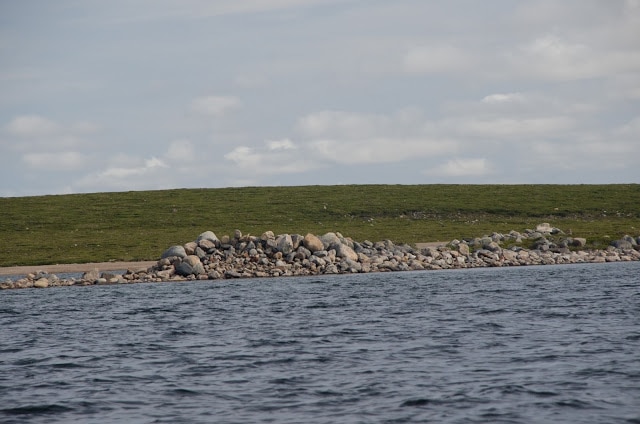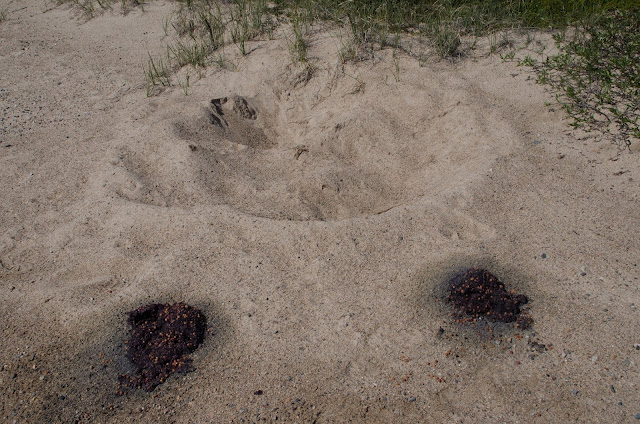{In late July and early August 2015 I led an expedition to the Arctic region of Canada’s Northwest Territories researching the Ernest Thompson Seton and Edward Preble expedition of 1907. We followed their route around Aylmer Lake located northeast of Great Slave Lake. Field notes from the expedition plus photographs are presented here in several separate entries. Additional essays about our journey can be found at the Seton Expedition website and at davidlwitt.com. An exhibition and short film about the 1907 and 2015 expeditions will be premiered at the Seton Gallery of the Academy for the Love of Learning (sponsor of this project) on August 14, 2016.}
Saturday August 1, 2015
 |
| Wolf Den entry |
 |
| Wolf Den interior |
 |
| Sandhill Bay from our Beach Camp |
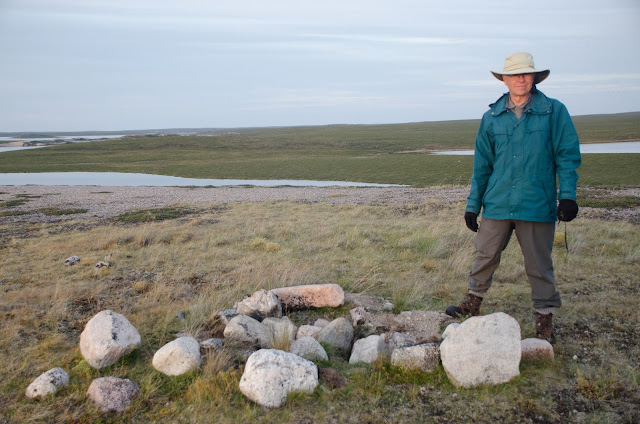 |
| David standing beside the ruins of Seton’s cairn |
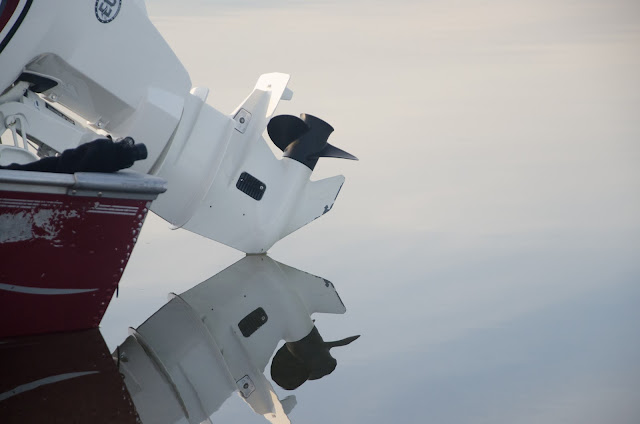 |
| Still water lake |
 |
| Bannock breakfast |
Sunday August 2, 2015
 |
| Sandhill Bay Beach Camp |
 |
| Patty above Back River (left) & Sussex Lake (right) |
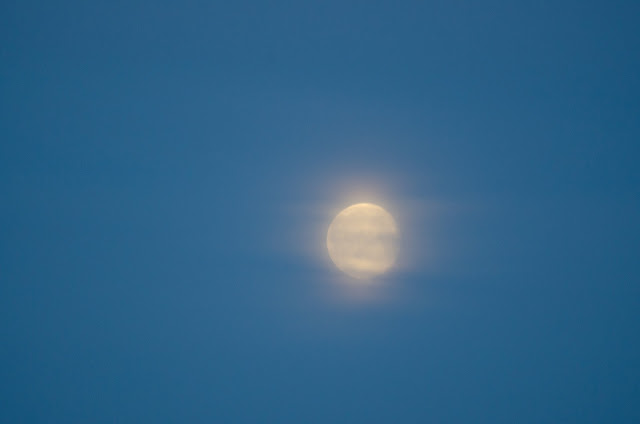 |
| Night moon |

